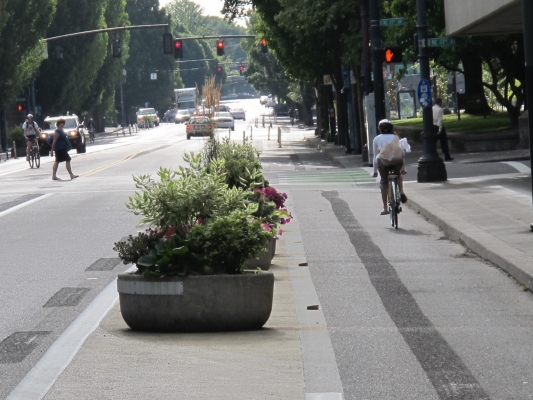The role of walking in the development of healthy, livable communities is being increasingly recognized. In urban areas, intersections are often viewed as a deterrent to walking, as their operation primarily favors automobiles, leading to large and unnecessary delays for pedestrians. There is currently very limited research on accommodating and/or prioritizing pedestrians at signalized intersections in the North American context. Pedestrians are often considered as a deterrent to efficient vehicular traffic flow and therefore active efforts to include them in operational decisions at intersections have been lagging. This research aims to fill that gap by understanding factors that influence pedestrian crossing behavior at signalized intersections and developing cost effective and easily deployable signal timing strategies that could be employed at intersections, to increase efficiency for pedestrians.
Sirisha_crop.jpg


